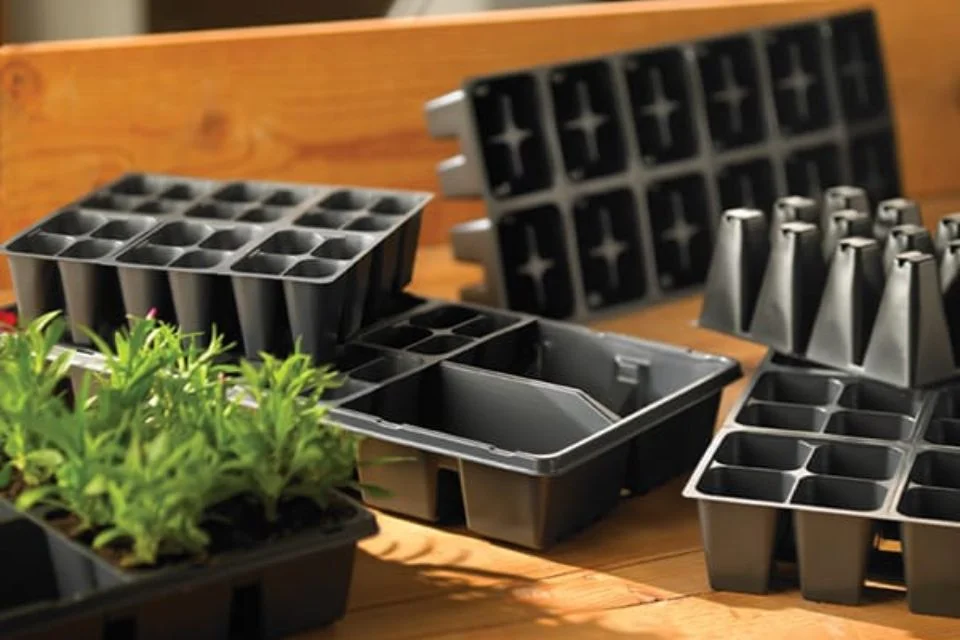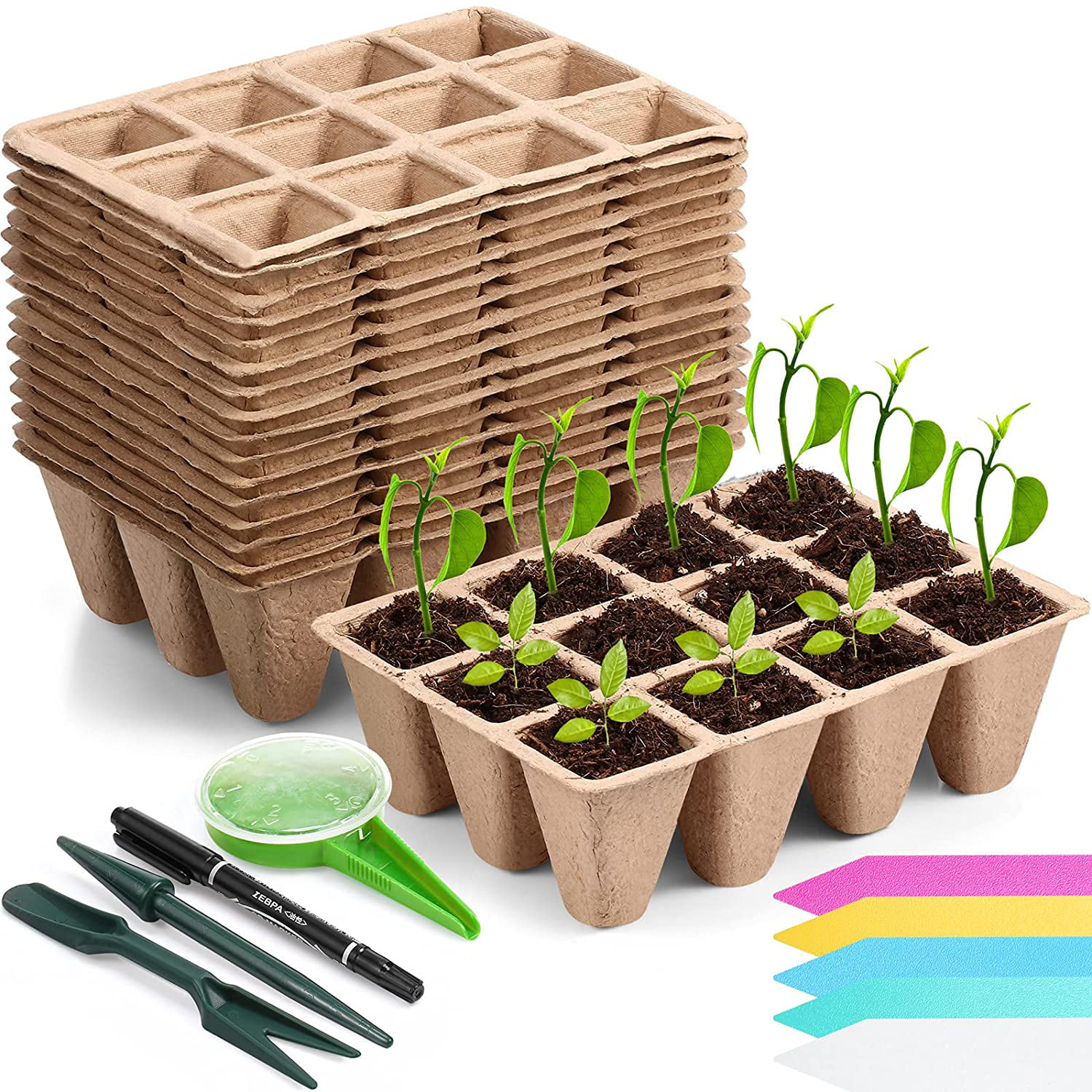Optimizing Growth: An Analytical Guide to Choosing the Right Plant Trays

The first time a client called me in a panic because her “entire bookshelf was ruined by overwatered ferns,” I realized just how underappreciated plant trays really are. After two decades of untangling plant chaos for everyone from rookie apartment gardeners to corporate offices with wall-to-wall greenery, I’ve seen almost every plant tray blunder—and fixed most of them.

Let’s skip the typical advice and go straight for the insider playbook, honed through years of muddy mishaps and waterlogged regrets.
The Real Reason Plant Trays Matter (That No One Tells You)
You buy a beautiful ceramic pot, fill it with fresh soil, add that Instagram-worthy monstera…and three weeks later, your antique wood table is warped beyond repair. Sound familiar? Here’s what years in the trenches taught me: most people don’t realize that even a “good enough” saucer isn’t good enough—unless it matches the actual watering behavior in your space.
Back in 2019, I audited an office with 47 potted plants and found that nearly half had hidden rings or mildew beneath them—and only five had trays correctly matched to the pots’ drainage patterns. It’s not about keeping surfaces tidy; it’s about preventing silent killers like rot, mold, or pests that thrive in pooled water.

How Pros Actually Choose Trays (And Avoid Regret Later)
Here’s what I do with every new client:
-
Test Your Watering Style
Before buying anything, water one of your plants as usual—but place three paper towels underneath. Let it sit overnight. If all three are wet by morning, you’re an over-waterer (no judgment!). This tells you whether you need deep trays or if simple saucers will do. Most guides skip this; don’t. -
Tray Materials: Not All Created Equal
- Plastic: Reliable standby but watch for thin edges—cheap trays crack after six months in sunlit windowsills. My trick? Gently flex each tray before buying; flimsy ones snap under pressure.
- Biodegradable: Only use these if your goal is quick turnover—like starting seeds inside egg cartons before transplanting outside. They’ll get mushy after eight weeks on a humid shelf.
- Ceramic/Clay: Beautiful for display but heavy and sometimes sweat moisture underneath. Slide a clear plastic liner beneath decorative trays to protect shelves—learned that one after finding white mold on an heirloom piano bench.
- Metal: Use only powder-coated or enamel-finished metal; raw metal leaves rust circles on tile within months (ask my kitchen).
-
Don’t Trust ‘Universal Fit’ Labels
A pet peeve: manufacturers call everything “standard.” But true fit is measured by drainage plus drip margin. I keep a flexible sewing tape measure in my kit—always check both pot diameter and base shape (round vs square) before picking up trays at the store.
-
DIY Solutions That Beat Store-Bought Every Time
Sometimes off-the-shelf options fall short—especially with odd-sized thrifted pots or massive indoor planters:
- For tricky groupings (say, four herbs on a narrow sill): repurpose clear acrylic document organizers as sleek multi-pot trays—they’re watertight and make cleanup a breeze.
- For balcony jungles: industrial boot mats from hardware stores outperform pricier “gardening” versions when it comes to containing runoff without warping under UV exposure.
-
Invisible Upgrades: The Baker’s Sheet Trick
In high-traffic homes or offices where spills spell disaster, invest in rimmed baking sheets lined with decorative pebbles. Not only do they catch runaway water, they also create humidity microclimates for fussy tropicals—a hack I picked up managing hotel lobbies downtown.
Learning From First-Time Fails (My Own & Others’)
Ask any seasoned gardener—the first tray rarely fits perfectly! Early in my career, I once tried stacking two shallow saucers together to double their depth for some thirsty peace lilies…only to discover they suctioned together so tightly during watering that roots sat inches deep in stagnant puddles for days.
Lesson learned: always lift pots periodically and dump excess water within two hours of watering sessions—the magic window before root rot sets in.

Toughest Tray Problems—and How To Fix Them Fast
- Persistent Algae Growth:
Wipe down trays weekly using diluted hydrogen peroxide (3% solution). It sterilizes without leaving residue—a long-time greenhouse secret. - Warpage & Cracking:
Rotate plastic trays seasonally; swap out for sturdier rubber-based models during summer heat waves when sun exposure peaks. - Leaky Saucer Nightmares:
Carry a flashlight: run it beneath your tray after watering at night—leaks show up immediately as glistening patches you can catch before damage spreads.
Why Investing In THE Right Tray Pays Off Long-Term
Remember Julie from uptown whose collection went from straggly to thriving last year? After switching all her mismatched saucers to deep-set cafeteria trays—with $1 stick-on felt pads underneath—her living room rug stayed spotless all winter (and she stopped nagging her teenager about spills).
One overlooked benefit pros love: re-arranging plants becomes effortless when you can slide an entire grouping at once rather than juggling slippery individual pots across your home—or worse, dropping one mid-move and spending twenty minutes vacuuming up spilled succulent soil from between floorboards.
Implementation Blueprint From My Toolkit
- Gather all pots/plants you want wrangled together.
- Measure around bases—not just diameter but also height clearance if fitting inside shelving units.
- Test different tray depths by pouring half-cup increments directly into empty trays until full capacity is reached—that way there are no surprises post-watering.
- Invest first in quality basics: two heavy-duty plastic multipurpose trays plus one boot mat for “overflow” groupings; add fancy ceramics only when display matters more than foolproof function.
- Revisit setup after one week of regular care—adjust sizes/materials as needed once real-life habits reveal themselves.
If you’re still wrestling mysterious puddles or struggling with algae despite trying these fixes—it might be something more specific about your space or routine that needs troubleshooting; don’t hesitate to reach out!
After all these years, the right plant tray remains one of those simple upgrades that saves more time (and sanity) than any gadget ever could—and lets you actually enjoy growing instead of dreading cleanup day.
Got an unusual plant mess problem? Send me details—I’ve likely seen it before…and have at least three ways to fix it fast!



